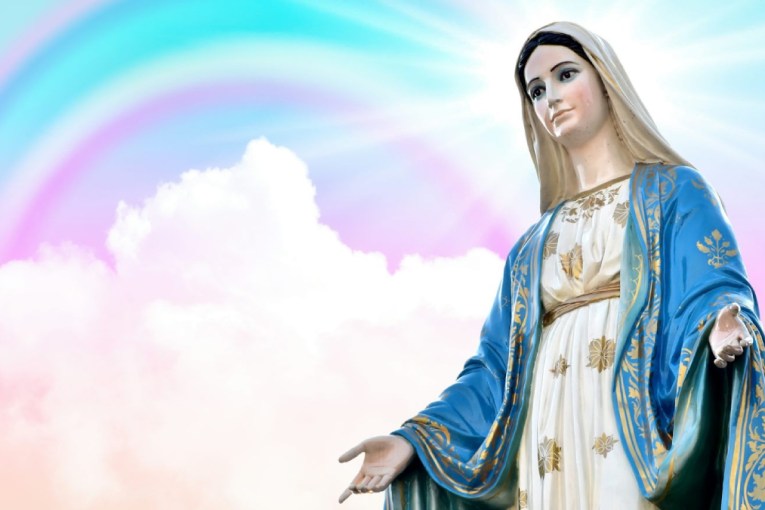With Taylor Swift pulling in more than half a million audience members on her Australian tour, we’ve been thinking a lot about fans.
In this series, our academics dive into fan cultures: How they developed, how they operate, and how they shape the world today.
With the record-breaking success of Barbie and Taylor Swift’s The Eras Tour, the economic power of women as fans is being stamped on the global entertainment industries.
Leading these events are millennial women.
Although women of all ages turned out to see Barbie, women aged 25 and older made up 38 per cent of the audience by the second week of its release.
Likewise, a significant chunk of Swifties belong to the Millennial age group, much like 34-year-old Taylor Swift herself.
Female fans followed Swift to the 2024 Super Bowl, and many advertisers targeted this female Gen Z and Millennial audience.
The challenge to gender stereotypes around sport and fandom echoes the support for the Matildas during the 2023 FIFA Women’s World Cup in Australia, which opened up a new space of representation.
Women’s fandom is increasingly a visible and powerful force in many spaces of pop culture, media and entertainment.
Training fandoms
Millennials, those born between 1981 and 1996, were taught to buy into their passions thanks to growing up in the golden age of franchises, from Harry Potter to Twilight to The Hunger Games.
As these fandoms grew, Millennial women increasingly found themselves playing a major role as audiences and consumers.
The first Harry Potter book was released in 1997, and the first film in 2001.

Daniel Radcliffe, Rupert Grint and Emma Watson regrouped last year for a 20th anniversary special of the Harry Potter series.
Today, there is no shortage of ways to buy into the Harry Potter world. From mugs to broomsticks, from clothes to limited-edition books, there is a constant range of objects to buy.
Potter merchandise has existed since the early 2000s, with early merchandise including items like “secret boxes” containing mystery trinkets. The Wizarding World brand launched in 2018. Encompassing things like bags, jewellery and cosmetics, the brand saw demand and merchandising formalised.
Specialised Harry Potter stores are still popping up around the globe, offering keen fans branded merchandise on just about every product imaginable.
Hannah Worthy is the business manager at Brisbane’s The Store of Requirement (a play on “The Room of Requirement” at Hogwarts, which provided anything a witch or wizard needed). The store opened in 2017 and is exclusively dedicated to stocking officially licensed Harry Potter merchandise.
Their biggest demographic, Worthy told me in an interview, is “women aged between 25 and 45”.
The first Twilight book was released in 2005, and the first film was released in 2008.
Michael Inturrisi, the business development manager at Ikon Collectibles, tells me Twilight changed the landscape for Funko Pop! Vinyl figures, opening doors for selling collectables into major Australian bookstores.
These collectible plastic figurines partly found success because Twilight was popularised on both screen and film. The movies meant the franchise was a “big deal” with a large consumer base, Inturrisi says.
Ikon’s consumer base has since shifted over the years, moving away from its original male-dominated demographic. The company now caters more to women, with about 60 per cent of its consumers being female.
The Hunger Games also contributed to franchise fever, teaching fans that they could buy into their passions. Where Harry Potter featured a male lead character, The Hunger Games was led by a strong female protagonist.
These franchises changed the fandom landscape by building fans’ voracious appetites for all things franchised, leading to the fandom we see today.

The Hunger Games, led by a strong female protagonist, resulted in to a growing fanbase of women.
Online communities
Female fans have built complex communities in digital places, empowered by social media to connect and to share their fandom.
The power of these communities is becoming increasingly visible.
“BookTok” is a growing TikTok community where book lovers discuss and share their opinions on their reads.
The platform has the power to make and break books and helps to catapult niche genres or self-published releases to the forefront of popular culture.
It has driven the growth behind emerging genres, like “cosy fantasy” and “romantasy” – niche genres that focus on characters and their relationships, and romance in fantasy worlds respectively.
BookTok fans aren’t just market followers; they are also market-makers. Romantasy (a portmanteau of “romance” and “fantasy”) authors like Sarah J. Maas and Rebecca Yarros have outsourced their merchandising to fans, taking a cut of the royalties.
In my research I’ve found these authors have leveraged the popularity of unofficial merchandise on social media platforms to increase their official merchandise catalogues and revenue.
Fan cultures have a range of influences on everyday life, from swapping friendship bracelets at Taylor Swift concerts to attending romantasy-inspired balls.
Fandom might be shared online, but its effects are felt in person.
The influence of Millennial women in fandom
Fans who were girls in the era of Harry Potter, The Hunger Games and Twilight are now the women who have powered the success of Barbie and the Eras Tour.
The shift in fandom has been led by adult women who have been honing their fan skills since girlhood.
They, in turn, stand on the shoulders of the early female fans who read romance fiction back when it was even more stigmatised and wrote the earliest fan fiction.
Now they buy their daughters tickets to Taylor Swift and cheer them on as their own girls take on new fan roles. ![]()
Emily Baulch, PhD candidate in Publishing Studies, The University of Queensland
This article is republished from The Conversation under a Creative Commons licence. Read the original article.








